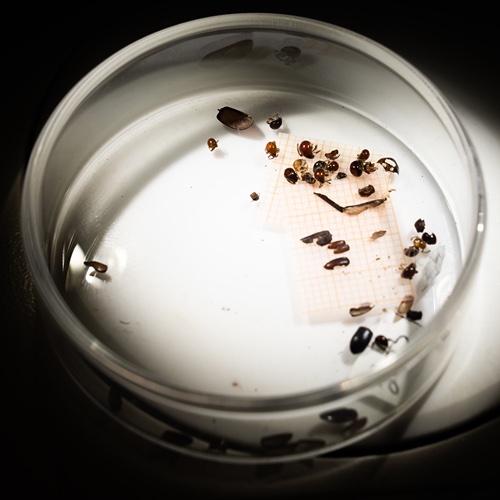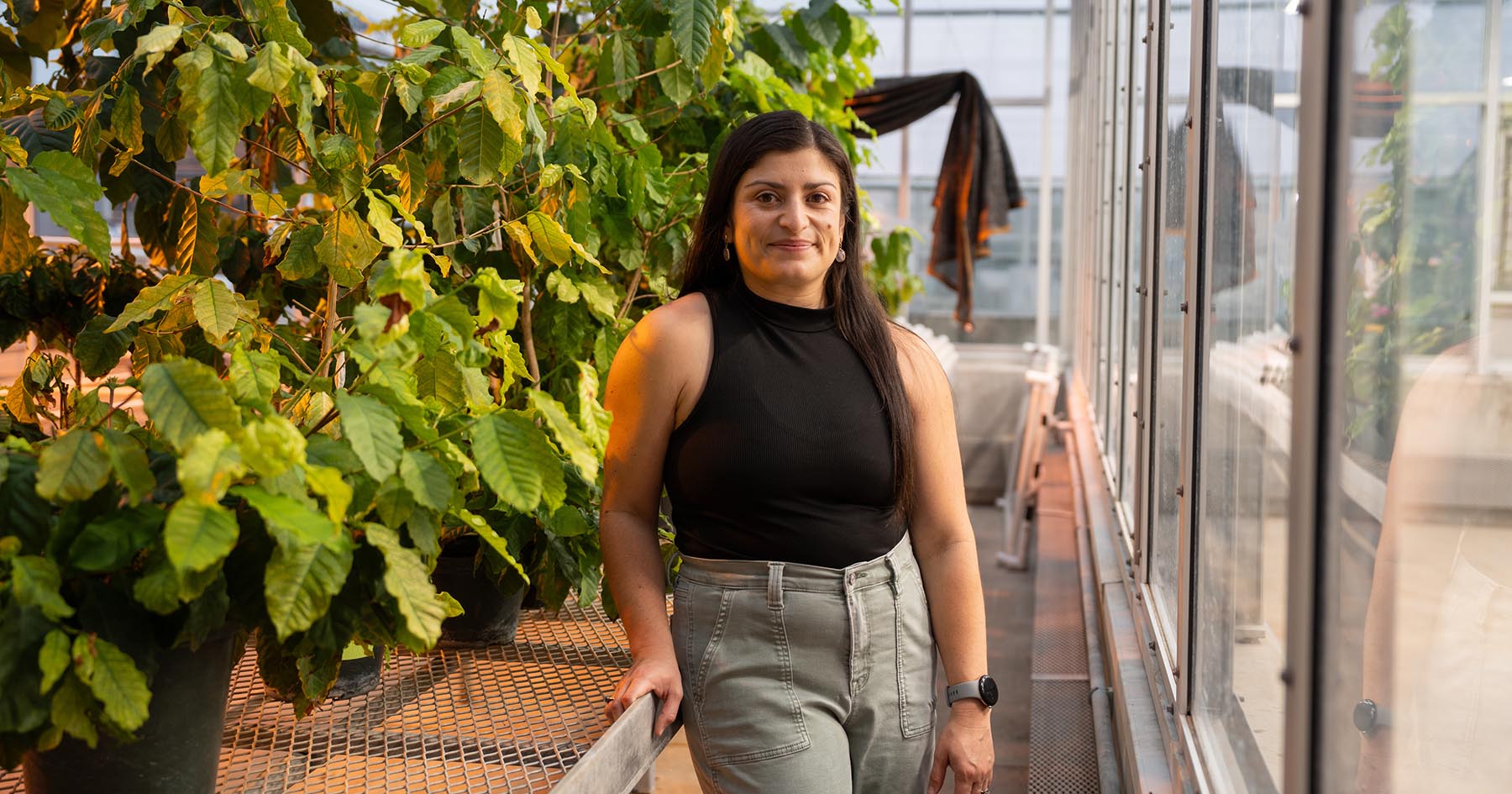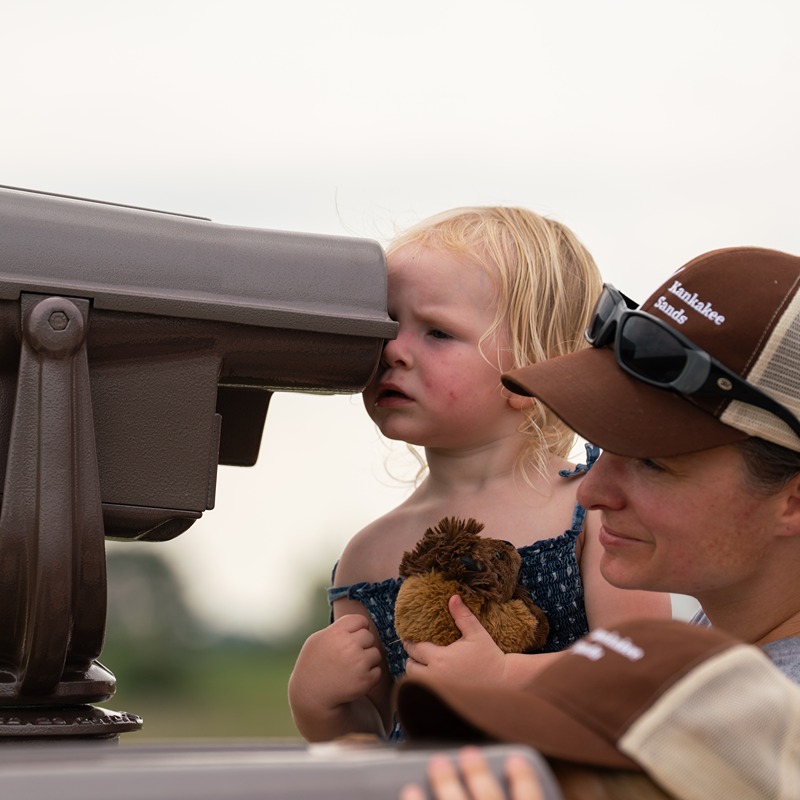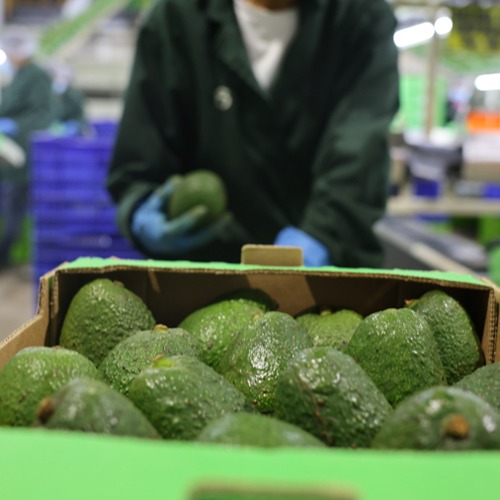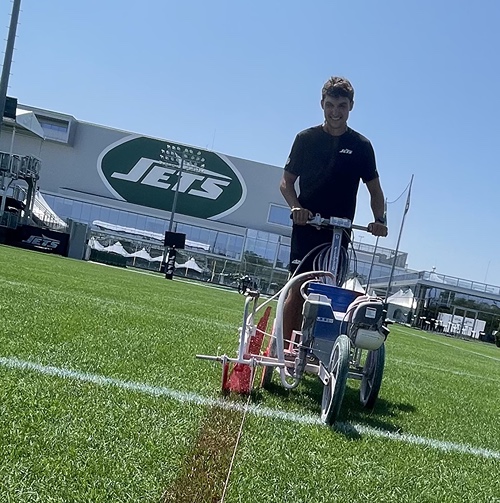Evolutionary tree on root foraging precision wins postdoc symposium prize
An innovative look at root foraging precision earned postdoctoral researcher Mina Rostamza first place for her poster presentation in the Life Sciences Postdoc Mini-Symposium on April 6.
Rostamza works in Assistant Professor of Botany and Plant Pathology Gordon McNickle’s lab. Her presentation focused on how root systems of different species vary in their ability to detect concentrations of nutrients in the soil, as well as the roots’ selective placement around such nutrient patches. “Certain plants, but not all, have this ability,” she explains. “Some are not precise, and some are very precise.”
By reviewing databases and 220 pieces of relevant literature, Rostamza was able to analyze 338 data points from 159 species. She then mapped the trait onto an evolutionary tree based on the evolutionary relationships of these species, which showed this trait is conserved deep within evolutionary time. Rostamza’s ancestral trait reconstruction spanned 175 million years of evolution. “By looking at the tree, we can see whether the species’ ancestors were precise or not,” she explains. The tree also shows changes in root foraging precision over time.
Her win, Rostamza says, “is a great achievement for me. Since I’ve been working on this for one-and-a-half years, it means a lot to me.” She credits McNickle’s collaboration as well as the co-advisorship of Anjali Iyer-Pascuzzi, assistant professor of Botany and Plant Pathology.
McNickle says the poster took first place because of its clarity and Rostamza’s enthusiasm for the topic. Faculty judged both oral and poster presentations during the event, which is part of the Purdue Life Sciences Postdoc Initiative. The cross-disciplinary program, organized by the Department of Biological Sciences, provides professional development opportunities targeted specifically to postdoctoral research scientists.
Rostamza holds a BS in agronomy and plant breeding, an MSc in agronomy, and a Ph.D. in agronomy from the University of Tehran, and worked at an agricultural research institute in Iran for four years before coming to Purdue in 2016. Before joining McNickle’s lab, she was a postdoc research assistant in Agronomy for seven months.
The mini-symposium offers postdocs opportunities to participate in the life of the university. “It can be easy for postdocs to slip between the cracks,” McNickle says. “Purdue makes them feel like part of the community.”
